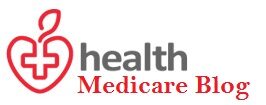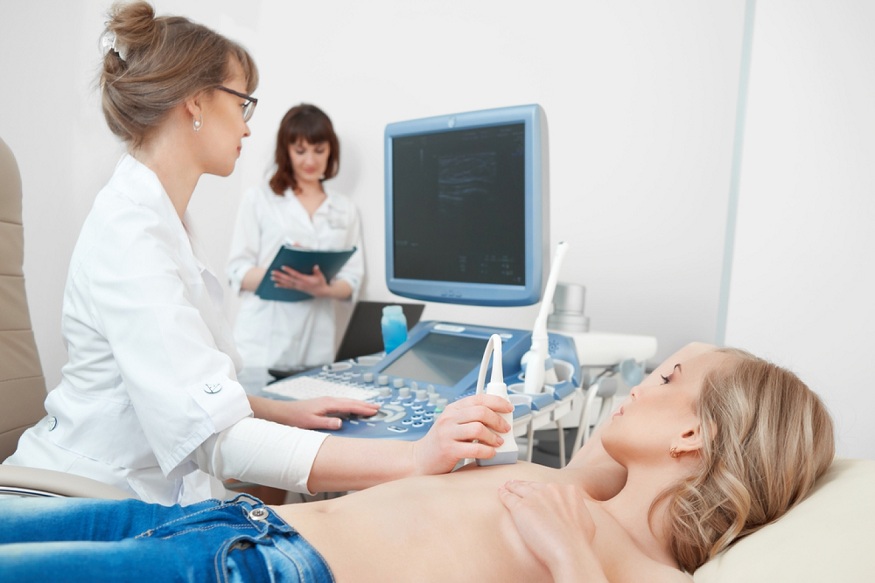Every October, pink ribbons serve as a reminder of the power of early detection in the fight against breast cancer. Awareness campaigns and education efforts have made measurable progress, encouraging millions to schedule regular mammograms. Yet despite these advances, many individuals still encounter real-world obstacles that prevent them from getting screened. These barriers often go unnoticed—but their impact on health outcomes is profound.
Challenges That Extend Beyond Appointments
At first glance, scheduling a mammogram might appear to be a simple step. In reality, many people face multiple, interconnected hurdles. Language differences, cultural norms, transportation issues, and family obligations—such as childcare—can make attending an appointment far more complicated than it seems. For those unfamiliar with the healthcare system, figuring out where to start or whom to contact can be overwhelming.
Emotional and psychological concerns add to the challenge. Fear, anxiety, or past negative experiences can discourage individuals from seeking care. Discomfort with body image or the medical environment may also contribute to avoidance. Sometimes, the fear of a possible diagnosis becomes so great that it overshadows the importance of early detection. These personal struggles are just as important to address as financial or logistical limitations.
Systemic Barriers to Access
On a larger scale, systemic issues make it harder for many to access timely screenings. People working long hours or caring for loved ones often have little flexibility to schedule medical visits. In communities with limited healthcare infrastructure, clinics may be few and far between, and outreach efforts minimal.
In rural regions, long distances to medical facilities and the shortage of specialized providers amplify the problem. Without nearby options or sufficient education about preventive care, individuals may postpone or forgo screenings altogether. The result is delayed detection and higher risk for advanced disease.
Building Connections and Creating Access
Encouragingly, community-driven efforts are starting to bridge these gaps. Collaborations with local leaders, faith groups, and health advocates are helping raise awareness and deliver services in ways that feel familiar and trustworthy. Mobile mammography units, pop-up screening events, and educational workshops bring preventive care directly to neighborhoods that need it most.
Healthcare organizations are also making access more flexible. Offering evening and weekend appointments, deploying mobile screening vans, and hosting clinics in community centers are all helping patients receive care on their own terms. These efforts show that small adjustments in accessibility can have a major impact on participation and trust.
Moving From Awareness to Action
Raising awareness is only part of the equation—true progress depends on understanding and addressing the personal and structural challenges that prevent people from getting screened. By combining empathy with action, expanding local outreach, and offering flexible scheduling, healthcare providers can create real change in early detection rates.
When these obstacles are acknowledged and systematically reduced, screening becomes not just a recommendation but a reachable reality. Each step toward easier access and greater understanding has the potential to save lives through earlier diagnosis and more effective treatment. For more on this, check out the accompanying resource from Breast Cancer Car Donations, a place for recreational vehicle donations.




